As someone who is a working instrumentalist and a working arranger, one of the biggest problems I see with nearly every band today is a book full of ill-fitting orchestrations.
A band playing a chart that doesn’t fit them is like a person wearing a suit that isn’t their size. The shoulders pinch, there’s too much fabric in the legs, the jacket can be too long, the shirt sleeves don’t come out that perfect half inch, etc. An ill-fitting suit can be restrictive and prone to tearing, or so loose that it catches on things or makes you look larger than you are, and even worse, it can say a lot of negative things about what kind of person you are, how trustworthy you are, and how serious you are. Many will say it shouldn’t matter, and they’re right, but to enough people it will still matter.
An orchestration is the same–many people subscribe to the “good enough” philosophy and “most people won’t know the difference,” and this is often true. But whether you are a working band trying to get gigs and build fans or a school band competing for awards, for those people who do know, and who do care, you are projecting an image and it needs to look good. There are so many ways in which an incorrectly-orchestrated arrangement can sink a band, so let’s go over the big ones:
Having more people than parts creates boredom and unbalance
Let’s say you have a big band of five saxes, four trumpets, four trombones, and four rhythm, but you have charts in your book for four saxes, three trumpets, and three trombones, and three rhythm. What happens to those five players who don’t have a part? You have two options: 1) let them sit around on stage and play with their phones, or 2) let them double a part.
The first option is obviously a waste. It visually looks bad to have your players sitting around. It makes players bored. They stop taking their chair seriously, especially if this scenario comes up a lot throughout the show. Younger bored players get into trouble, or spread bad vibes to other players, or build resentment. On a professional level, you are paying someone for doing nothing. It’s one thing if someone needs a rest, like a lead trumpet player on a tough book or a sax player who has been going for two straight hours at a wedding, but it’s another when you have the means to give everyone a part and your chart just falls short. There’s also the often-overlooked scenario where you call a tune and everyone flips to it, but you have those extra players scrambling to find a part that doesn’t exist. I’ve been there, and trust me, it’s an easy way to make a player feel irresponsible or unprofessional, and it sucks.
The second option is much worse. Using big band as our example: big band arrangers were masterful crafters, impeccably detailing their work and often painstakingly balancing every beat of every bar. Take a spread voicing in the trombones that could look like this:
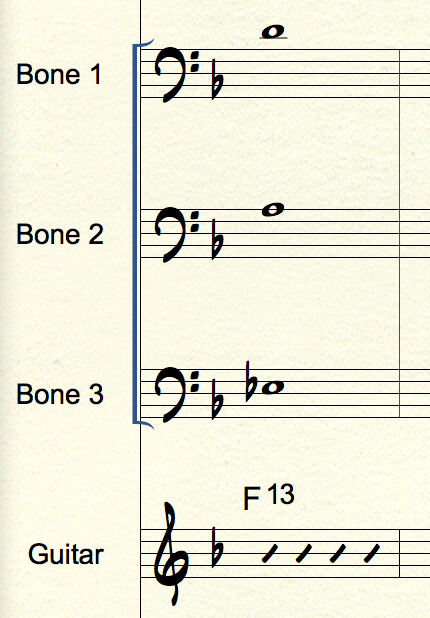
This is perfectly balanced and gives all the information you need to understand what the chord is. But you have that 4th player sitting around. If they decide to double the 2nd or 3rd part, you now have a bottom-heavy voicing overemphasizing one of the two guide tone notes, and this draws attention away from the melody note on top. Doubling the 1st part gives the melody too much emphasis and you lose some of the support of the lower notes. Jumping in to double any of these notes completely unbalances this voicing. A properly tailored arrangement for four trombones would find a place to put that 4th player to maintain balance throughout the chart. Here are two possible solutions:
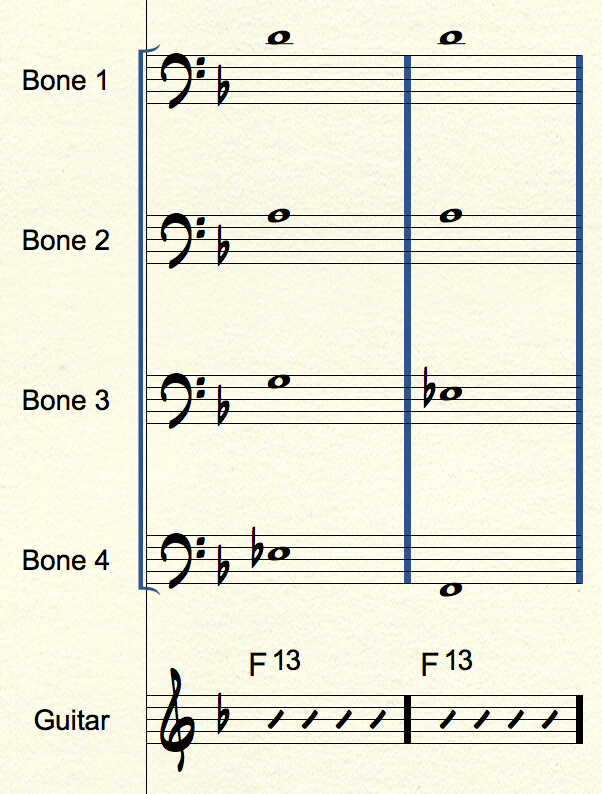
In the first bar, we slid the 9 of the chord into the 3rd part, building a closed 4 voicing with a 9-for-1. In the second bar, we added the root to the 4th part, creating a typical spread voicing.
It’s not just one voicing though–the reality is that the entire arrangement will need adjusting, and if you have a trombone, a trumpet, and a saxophone all improperly doubling parts, you are absolutely destroying your arrangement. It’s like if you were cooking a stew and ran out of pepper so you doubled the salt.
Having fewer people than parts creates emptiness and awkwardness and wastes money
Go the other direction–let’s say your band has three saxes, two trumpets, and three trombones and your arrangement has four trombone parts. You encounter a voicing like this:
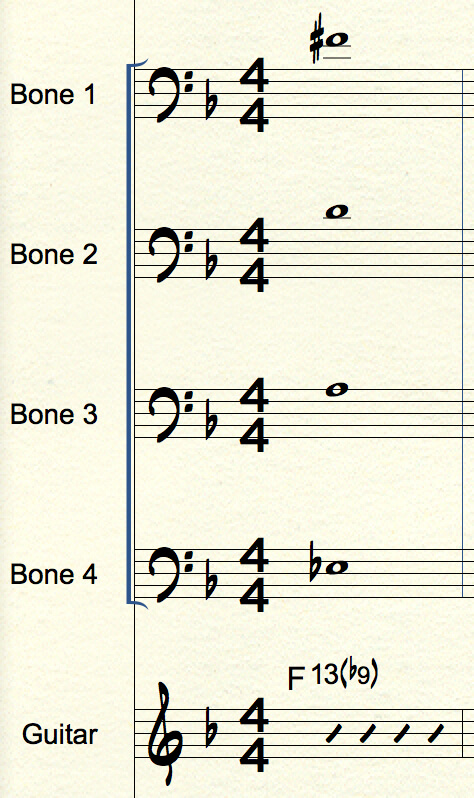
Which part do you drop? You can’t drop the 3rd or 4th parts, because then the voicing loses its foundation in the two guide tones. Dropping the 4th part also over-emphasizes the Dmaj triad that sits within the F13(b9) chord, while dropping the 3rd part creates a wide gap of a maj7 between the bottom two voices and creates an awkward incomplete voicing. You can’t drop the lead part. So you are left with the 2nd part.
So you drop the 2nd part–then four bars later, a critical solo melody comes up in the 2nd part and it never gets heard.
Best case scenario, you have an arranger or copyist on hand who can rewrite things in a reasonable amount of time. But for most people, that takes ages, because they have to study the score and fully rewrite the entire trombone section, sometimes the entire full horn section even, and they have to copy entire parts out. If you get a professional to do this, it will cost significantly more than what you paid to buy a copy of the chart in the first place, and often this tedious copy work and reorchestration will cost more than what it would have cost you to get the initial rearrangement done via the original arranger (for example, simple reorchestration from someone with the full score might cost $150 in labor, while writing everything out from scratch to reorchestrate might cost $750 in labor).
Except you almost never have access to the person who arranged or transcribed the music. So no matter what, this will be a costly adjustment, or potentially a cheap adjustment of amateur quality. Which puts you back to square one.
And the thing is, it’s not just one bar of one voicing, it’s an entire piece. And then an entire book. To get this done right, you’ll have to spend more money later. It’s far more cost effective to have charts that fit your band to start with.
Having the wrong set of instruments can muddy the arrangement in unforeseen ways, especially if not handled by a professional arranger
Here’s a few scenarios I’ve seen in bands over the past couple of years involving attempts to convert one instrumentation to another, and the ways in which they went wrong.
Bad arranging choices when standardizing instrumentation can muddy or overpower the sound
You start with a swing era chart, maybe something for Benny Goodman’s early band, something with only five brass in closed four with doubled lead, and your goal is to bring it up to the modern standard of four trumpets and four trombones. Take a two bar phrase like this for example:
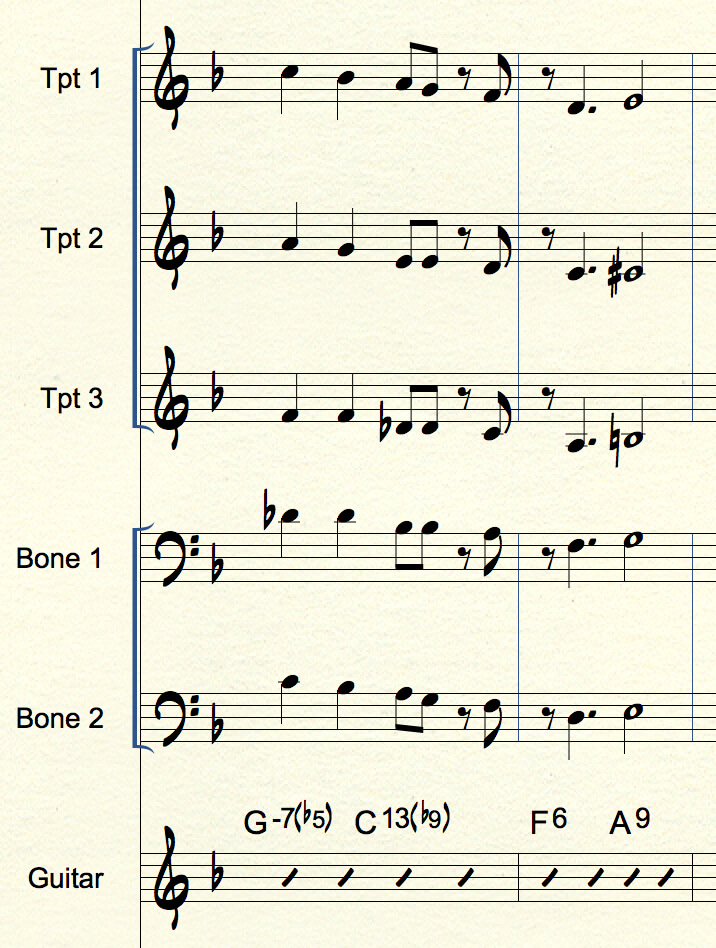
I see it all the time where someone transcribes this passage, hears the lead trombone where it’s at, and maintains it exactly where it is when expanding to 8 brass. So they take the 4-part closed voicing, put it in the trumpets, then move it down to the trombones in 4th inversion so the lead trombone has the same notes, resulting in this:
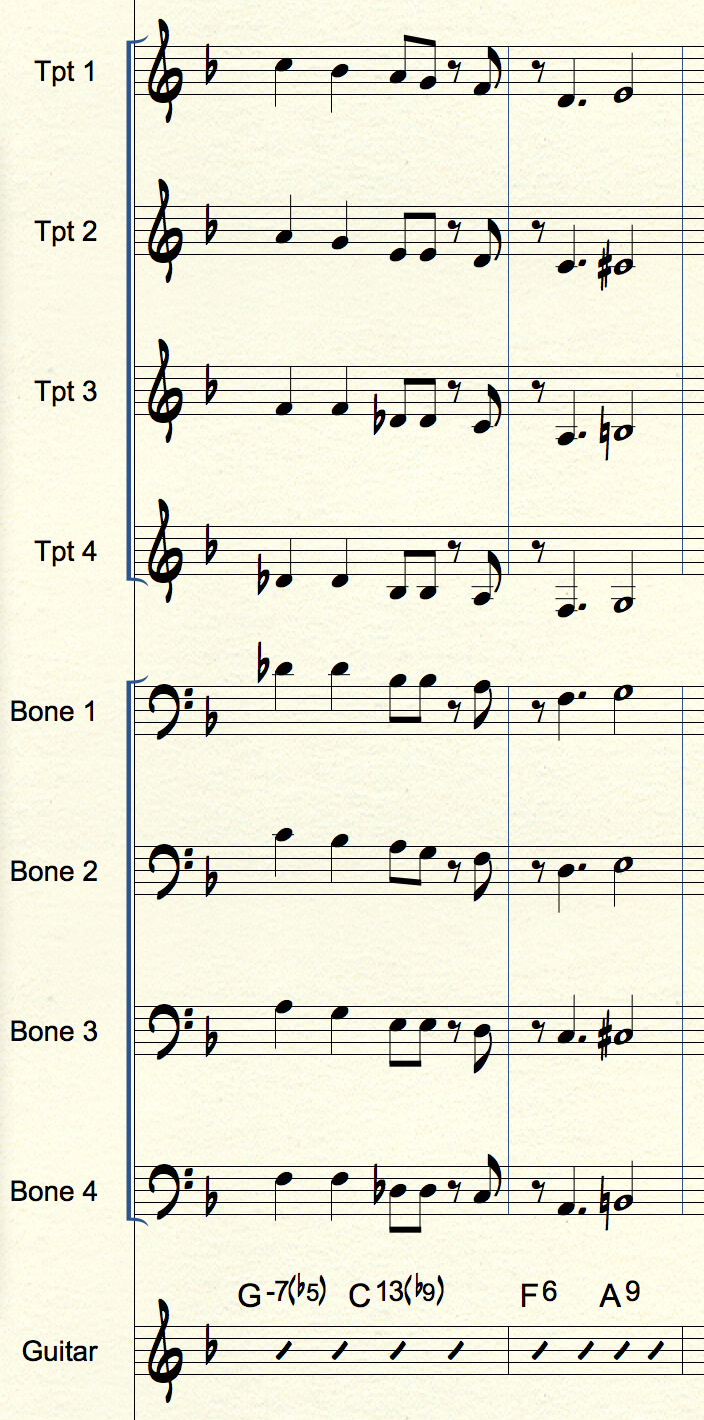
Notice that while the 1st trombone part is technically correctly transcribed, the resulting lower trombone parts now majorly violated the principle of Low Interval Limits. Arrangers in the swing era knew about this concept and generally did a good job observing it. They had five brass to work with, so they wrote mid-range passages knowing that the lower trombones never went too low.
I have played many charts that look like this, and they all sound muddy, sluggish, and drab.
One bad solution to this that I see all the time is random doubling up, like this:
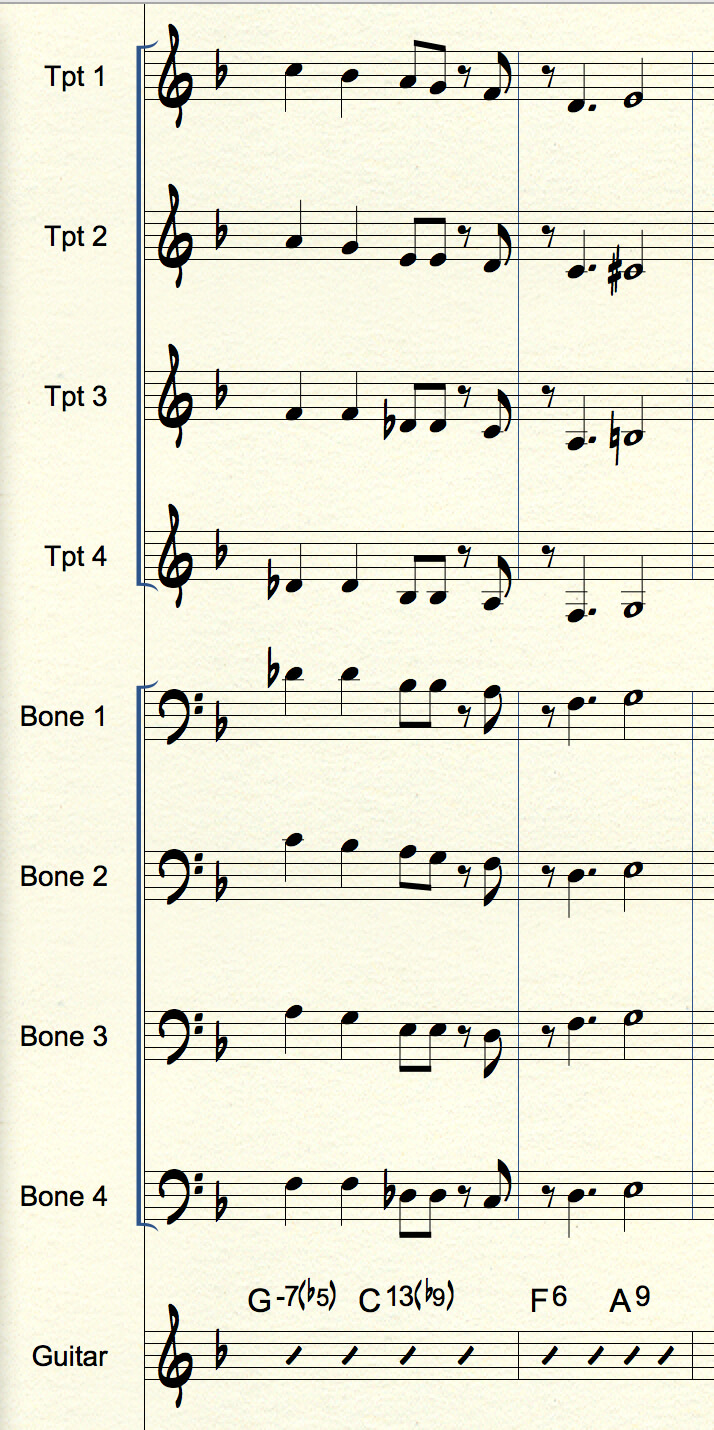
You can see that the transcriber held the original trombone 1 line, but to avoid some low interval limit violations in the second bar they doubled up the parts. This unbalances the voicing and puts too much emphasis on the low end.
A transcriber could solve this problem several different ways, some better than others, but one inferior method involves maintaining the individual lines and trying something like this:
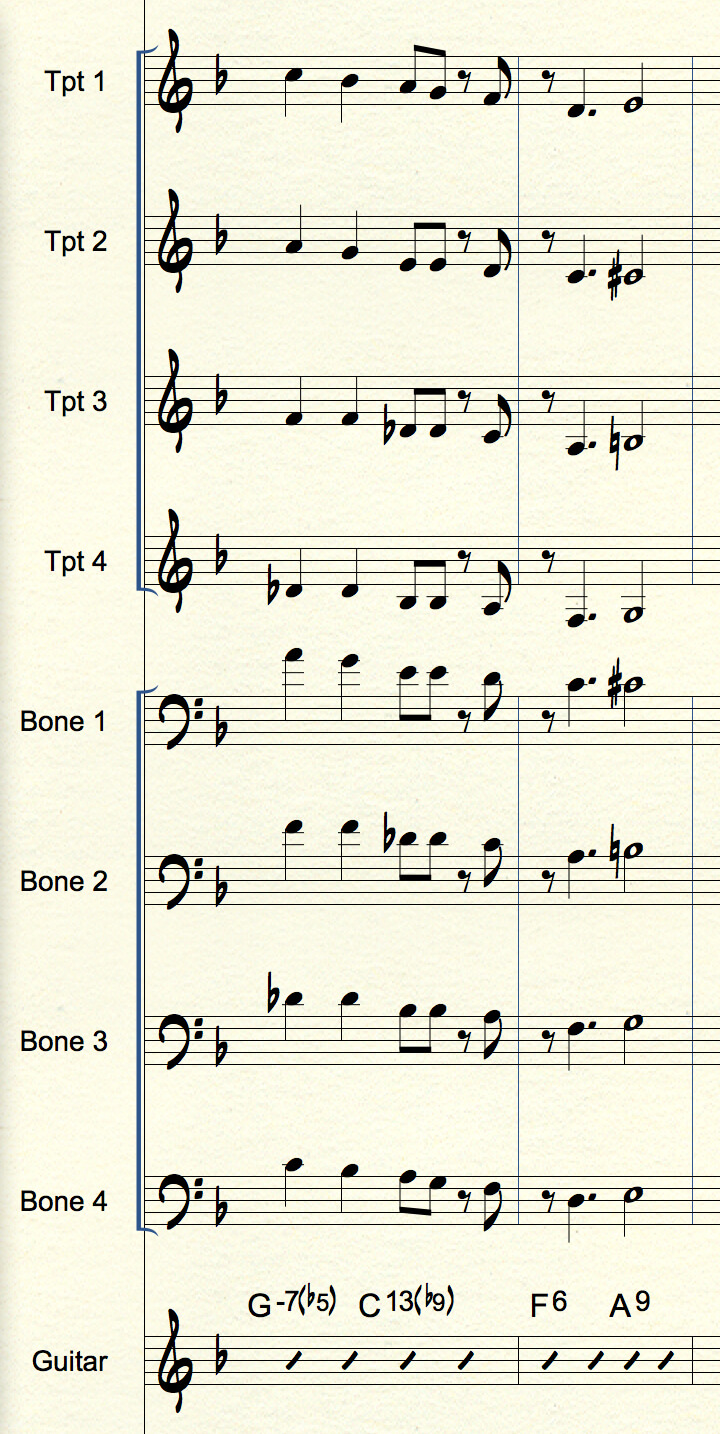
Now the lowest trombone parts are not violating low interval limits. Yes, the lead trombone part is no longer “authentic” but, it’s musically closer to what the original arranger would have done with that many horns. However, by maintaining the original line structures, you now have a lead trombone that is A) in a higher “power range” than the mid-range lead trumpet, creating an unbalanced dynamic setup, and B) overlapping with trumpet 2 (and bone 2 w/ tpt 3, and bone 3 w/ tpt 4), adding even more power to the doubled up inner parts. This weakens your lead trumpet part, which might force your lead player to overblow their dynamics, wearing them out and creating hostility (lead trumpet players have the hardest job in a band, and keeping them happy is essential to a band’s success). Another issue here is that if you were to isolate the trombones, the lead part is very weak as a lead melody, and is often in major 2nds with the 2nd trombone, further weakening the group structures.
A better way to fix this is to, again, let go of the original lead trombone part, but also let go of the original lines and restack each and every vertical moment. Something like this:
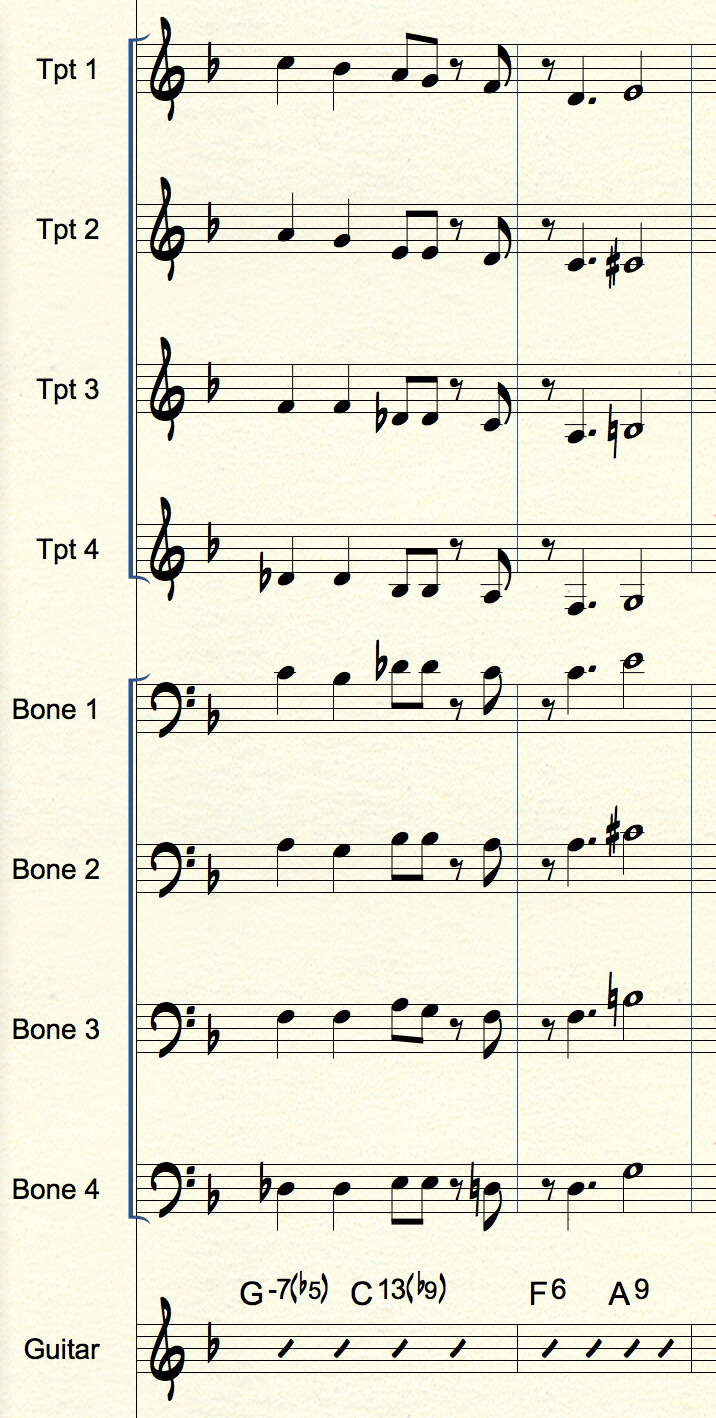
Is it perfect? No. Is it one of the best options? Yes. Here you have zero low interval limit violations, a stronger trombone melody, and an overall trombone section that doesn’t heavily overlap with the trumpets until the last note. Another good option here for the last half note is to voice the trombones from the top down as B G E C#, with that low C# just barely brushing past the lowest limit for the major 3rd interval, and the top B being a strong independent note for the lead trombone, with little trumpet overlap. Both options have their merits, but those two stand on top of a mountain of suboptimal-to-unacceptable choices.
An experienced, professional arranger can make this all work when transcribing a 4/3/2 horn setup for a 5/4/4 ensemble. Unfortunately, most of the expansion transcriptions I’ve played in other bands fall victim to the first few examples, leading to muddy arrangements with low interval limit violations and unbalanced voicings that are not in the spirit of the original.
Bad arranging choices when removing woodwind doubles can muddy the sound, put instruments out of range, or bury the melody
So you play a tune with CAATT as the sax configuration. You see this passage in an arrangement of Whispering:
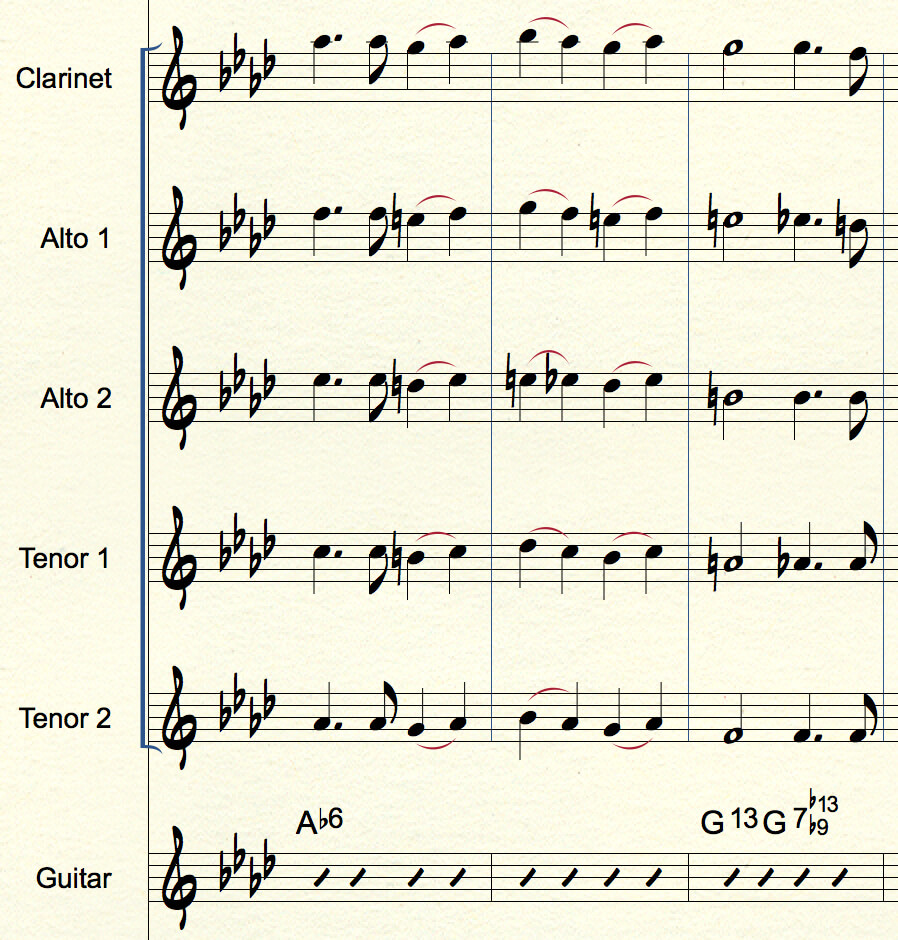
But you don’t have anyone in your band who can play clarinet. There are two methods I see transcribers and arrangers use to make this adjustment and both are problematic. The first is simply copying the clarinet part down an octave and giving it to, say, an alto player. It looks like this:
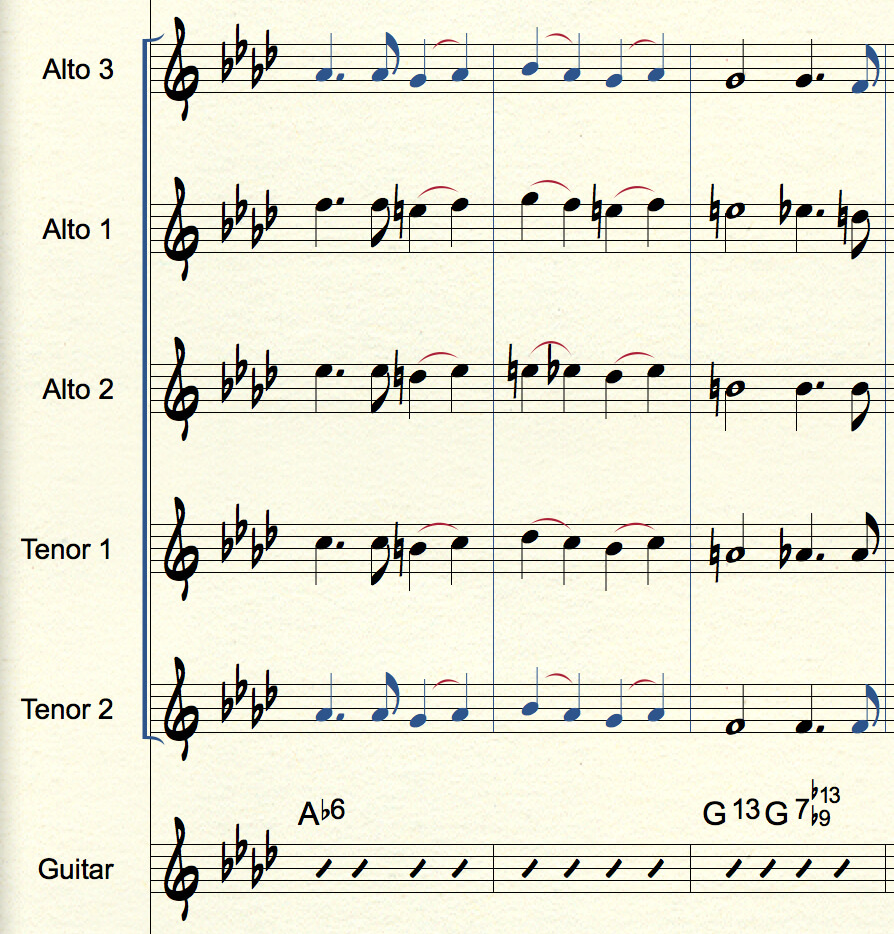
There are several problems here. One is that your lead is now buried under the other saxophone parts–the actual melody is basically gone. Because of the acoustic principles that force our ear to hear the top note of a voicing as the melody, we now hear the original alto 1 part as the melody, which it is not. Whispering would suck if that was the melody.
But notice the notes I’ve marked in blue. They an unison in the same octave, which means you are pairing up an alto and tenor on unison notes, which is not part of the jazz arranging tradition. This also weighs your voicing down and makes the upper notes more of a nuisance than a lush filling out of supporting voicings, like flies buzzing around your plate at a bbq.
The other troublesome method when writing out the clarinet is to simply shift every instrument up and add your more common bari sax back into the mix, giving us this:
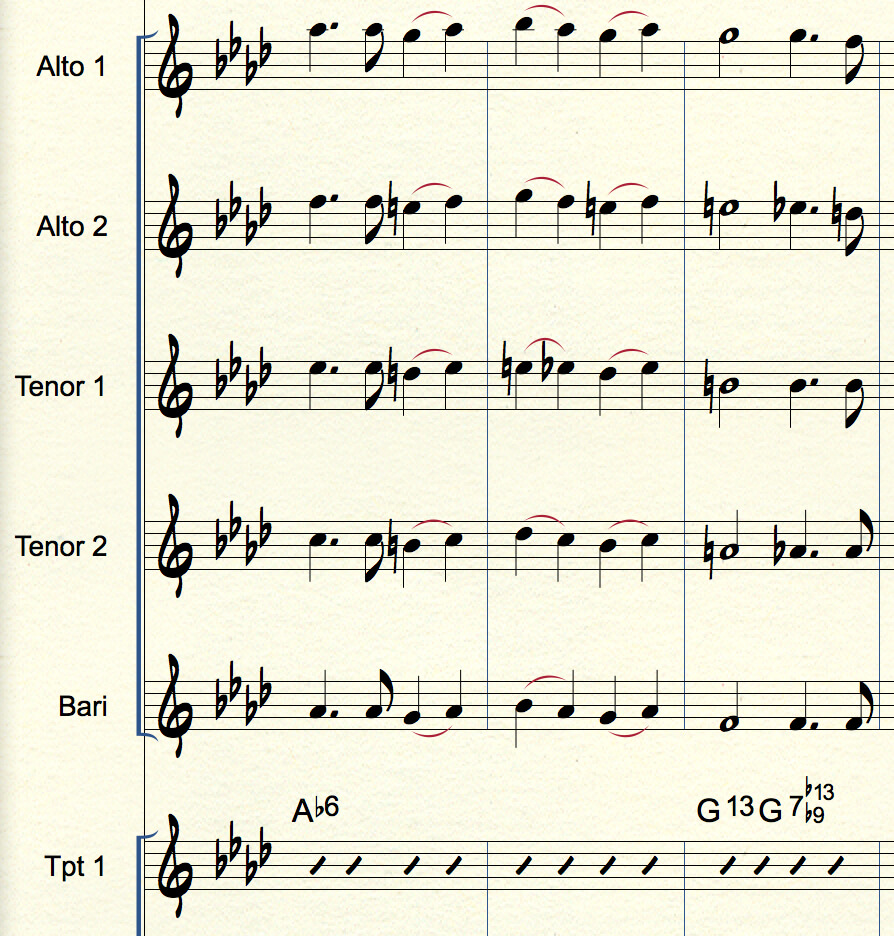
And the problem here is that your alto 1 is quite high up, your tenor 1 is in a squirrelly upper register, and your bari sax is unreasonably too high. So you maintain your melody in the correct octave, but at the cost of your sax section utterly wailing. Sustaining this throughout an entire piece is going to cause serious problems.
A professional arranger has a huge bag of tricks at their disposal for correctly rearranging this for you. One method, if this was an isolated chorus featuring the woodwinds, would be to simply try to change the key–move everyone down to the AATTB that you need, move the key down to Eb, and deftly add modulations in and out of this new key that didn’t exist before. You could also move the full section down an octave, but take care to make sure that brass and general dynamics match this new cooler-sounding saxophone passage. A third option is to let your lead alto wail, but revoice to AATTB with a drop2/4 voicing:
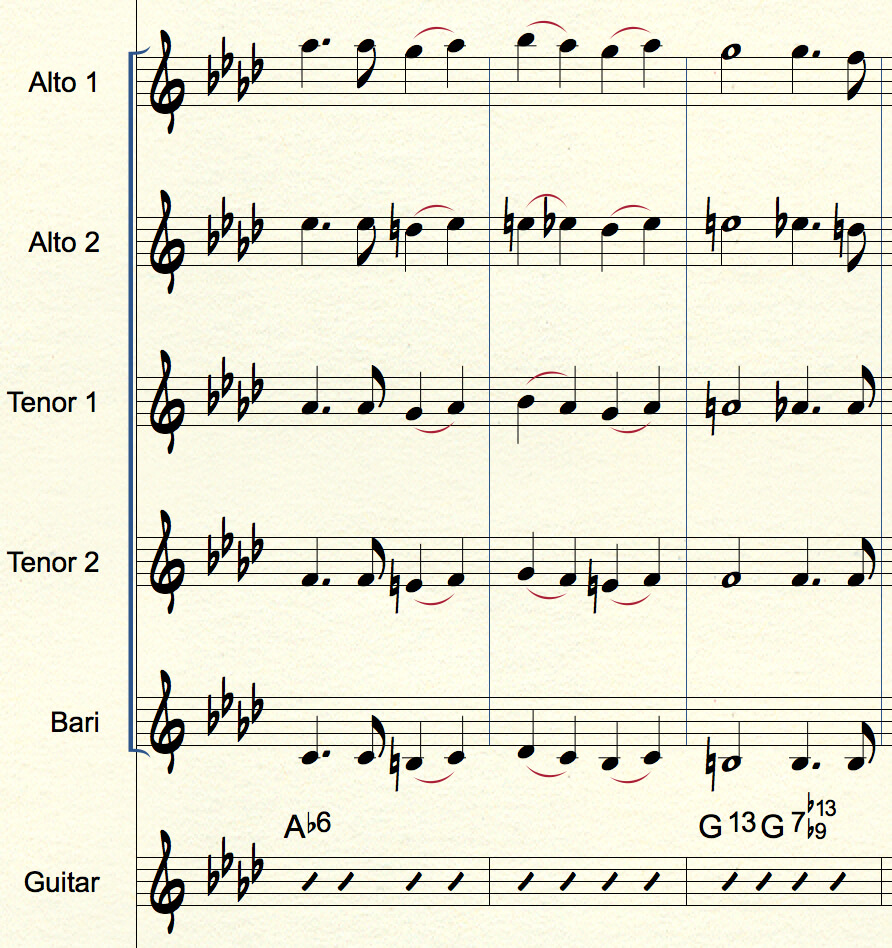
Alto 1 is still very high, and you need a player who is comfortable playing there, but if they are, this could be a workable soluation. Working with an arranger you can communicate band specifics to makes a huge difference. Drop 2/4 has been applied to the first two bars, putting the other instruments into reasonable higher ranges, and drop 3 has been applied to the third bar. Guide tones are now consistently in the bottom two voices, making this passage as strong as it could possibly be to support the lead alto in the upper register. It DOES change the texture of the section and it may not sound entirely swing era (though these techniques were more common by the end of the 1930s), so that is another factor a good arranger will take into consideration.
An experienced arranger/transcriber treats every beat of every bar with deliberation and careful attention and finds the best possible options out of countless.
A good arranger custom-tailors your charts to make your band sound just as good as the original band playing the original instrumentation
There is an endless number of examples I’ve run into as a working session player–surprisingly few bands play properly-orchestrated arrangements. If you are a school band that wants a leg up on the other groups at the next contest, you need a chart that matches the size and strengths of your band. If you are a working band that wants to step up your game and grow your reputation and fanbase, you need a book that fits your instrumentation. There are so many ways in which an ill-tailored arrangement can sink an otherwise capable band and muddy up an otherwise great arrangement. If you have a band, it’s time to get a truly professional set of charts in it. Stand out from the crowd and take joy in the experience of perfectly fitting arrangements.
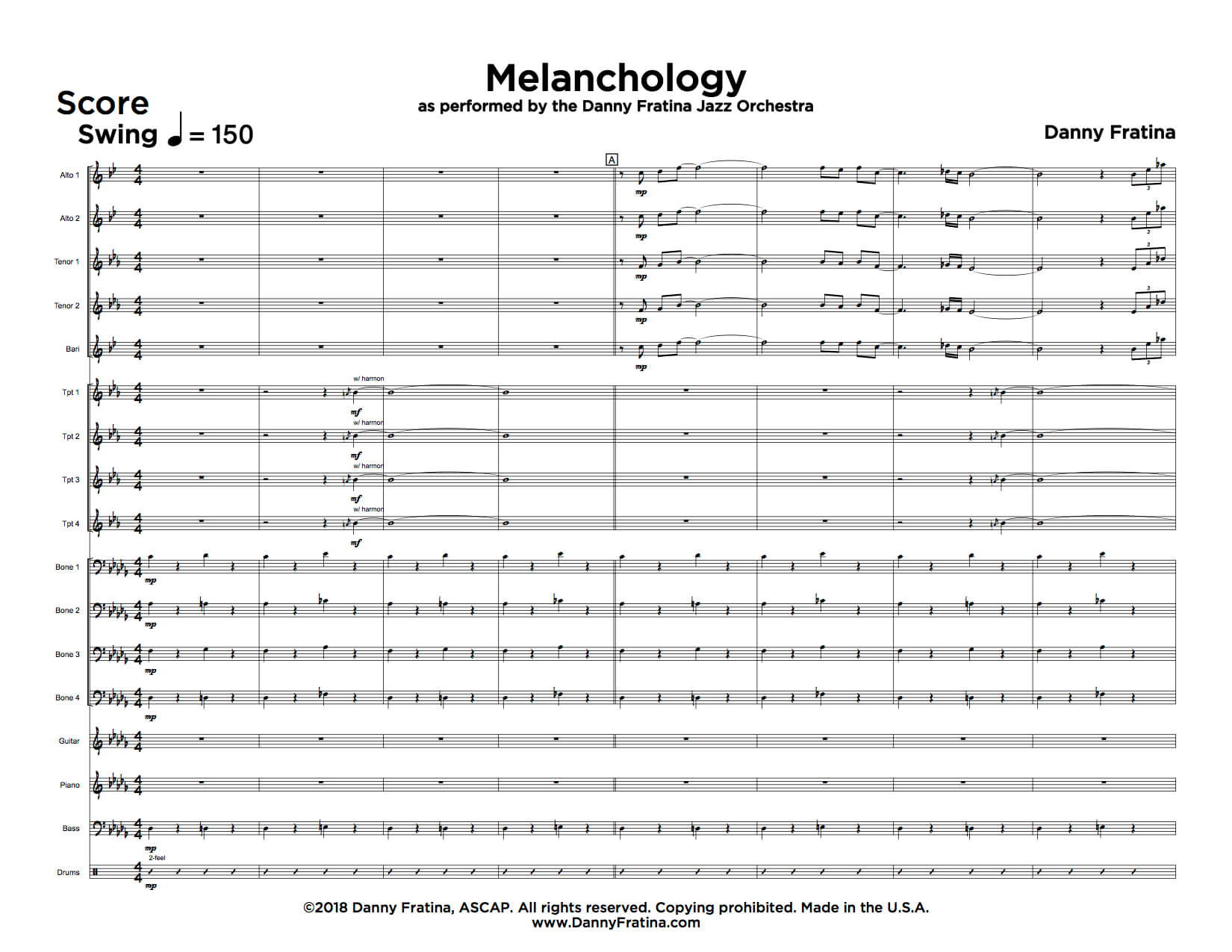
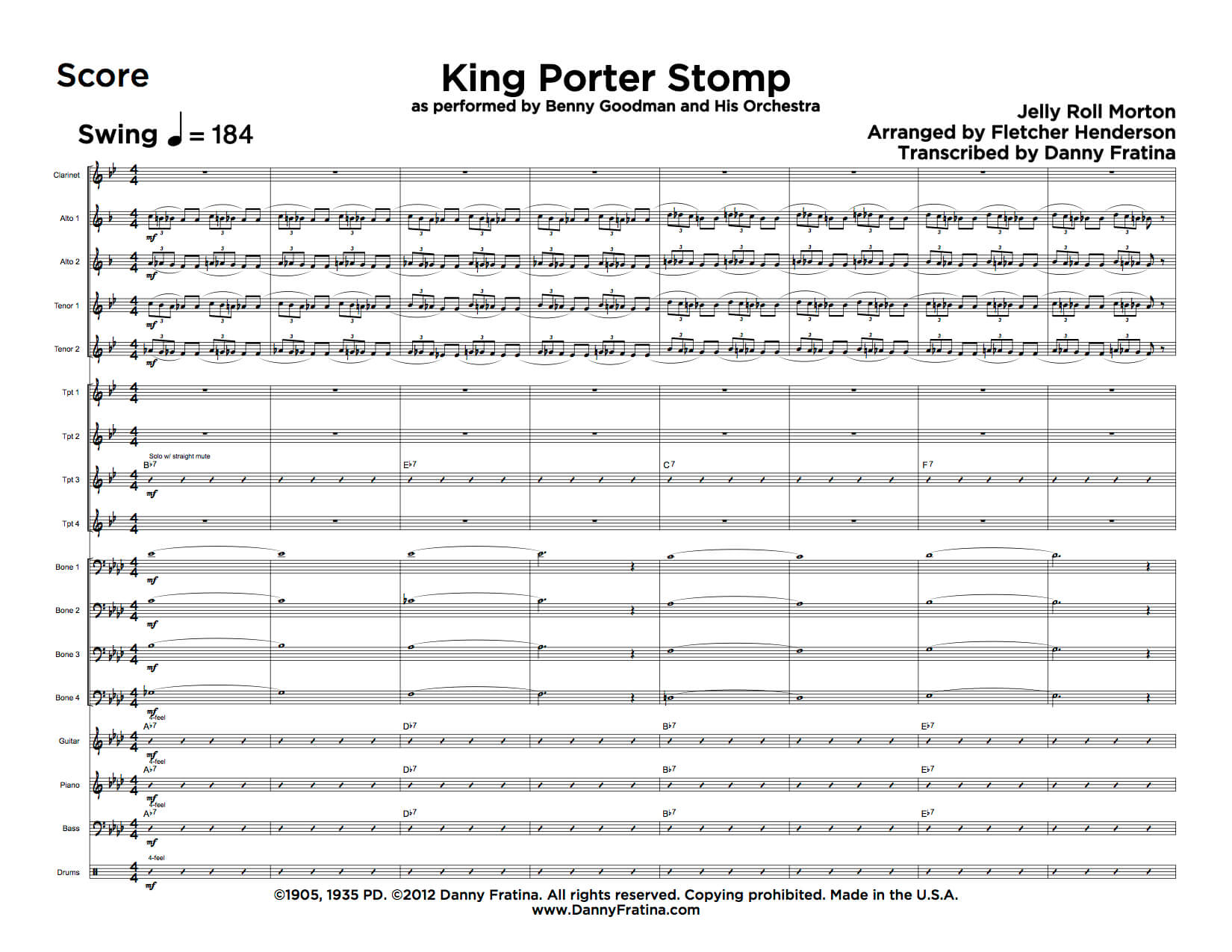
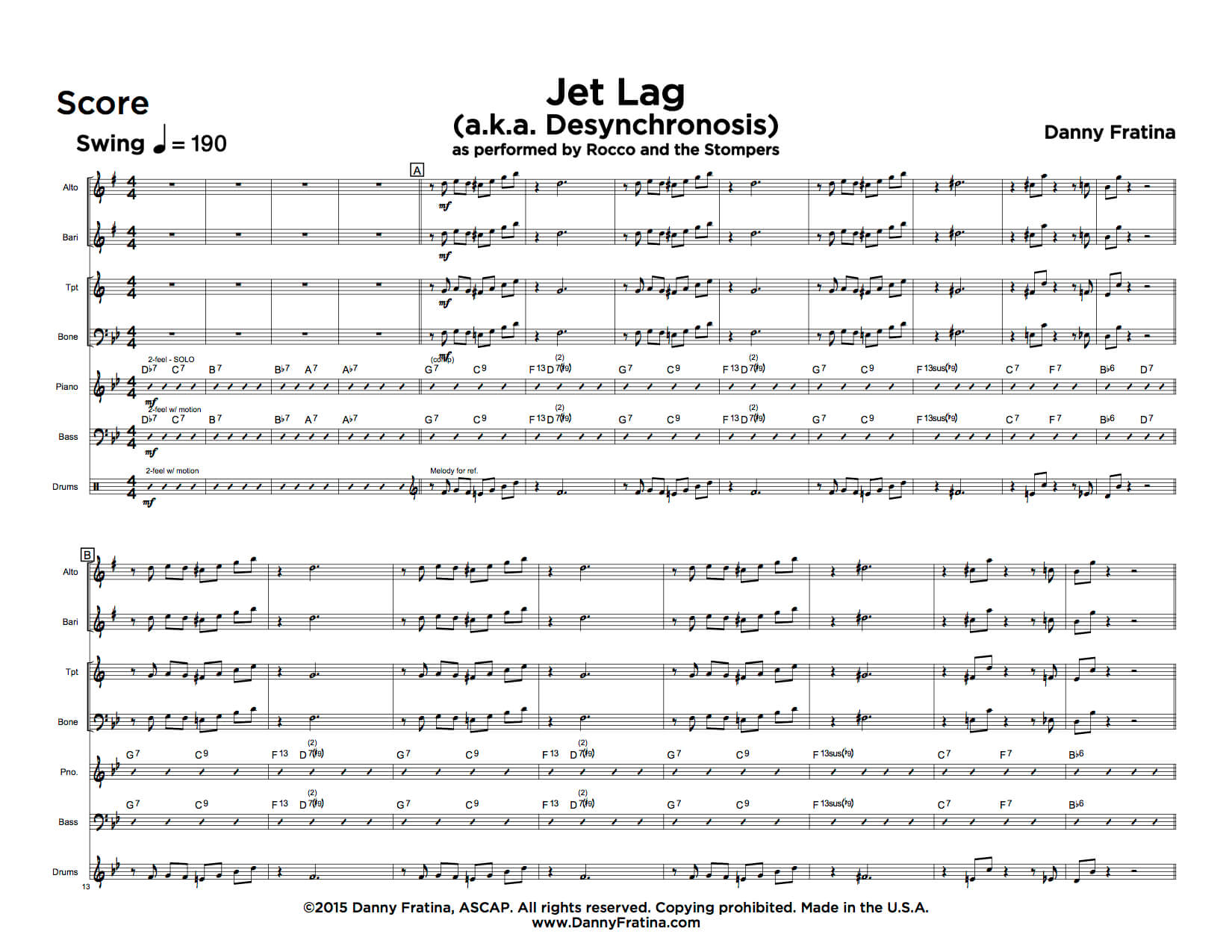

Leave A Comment